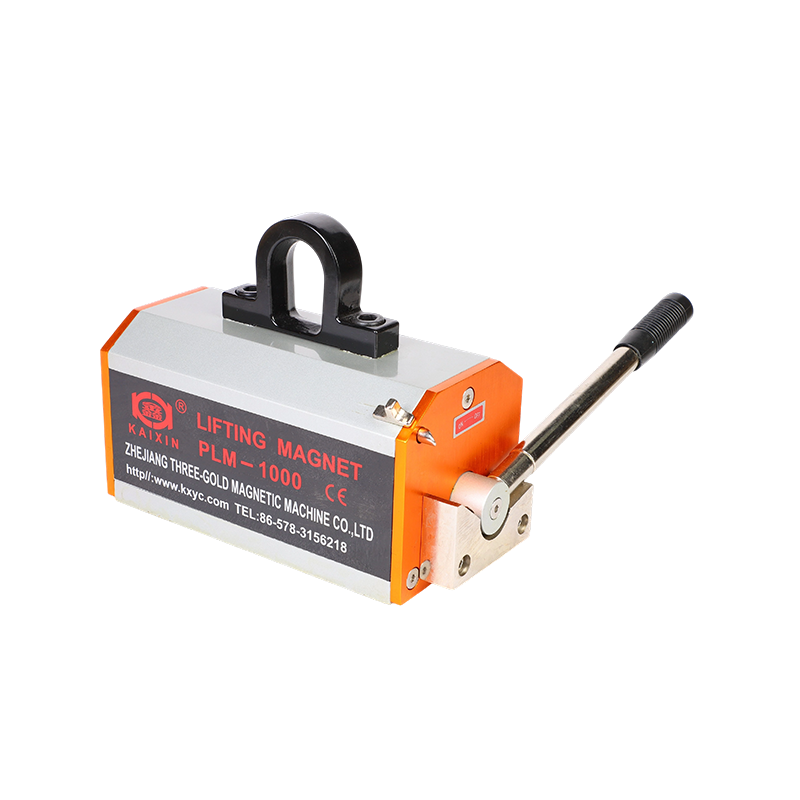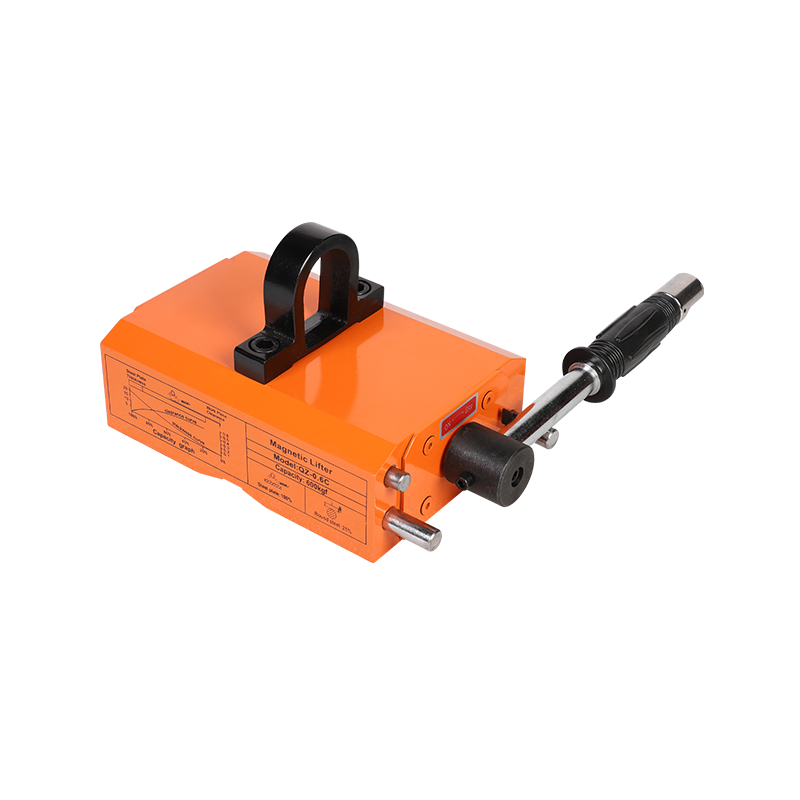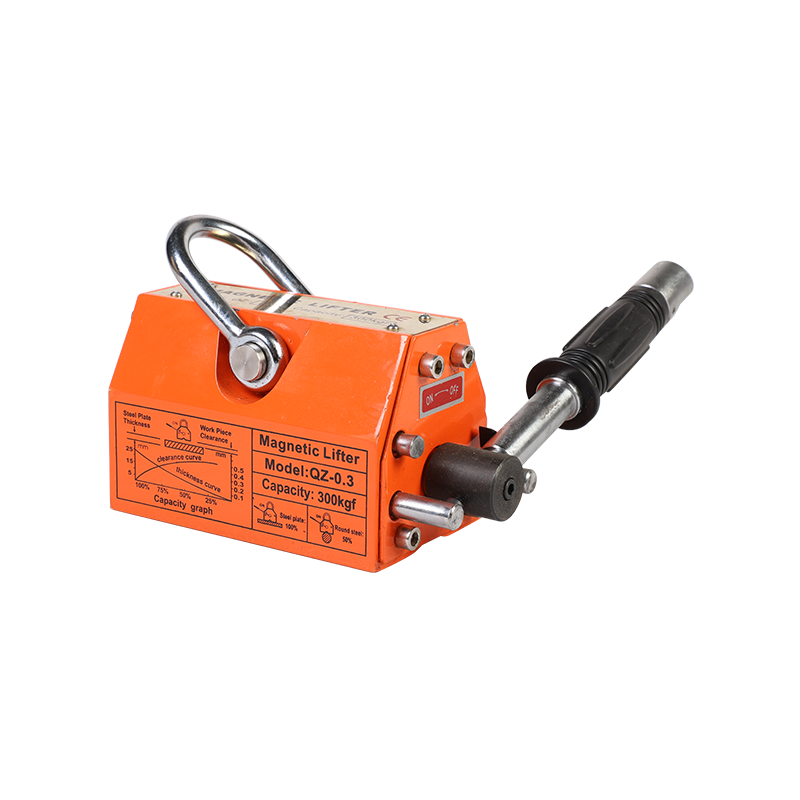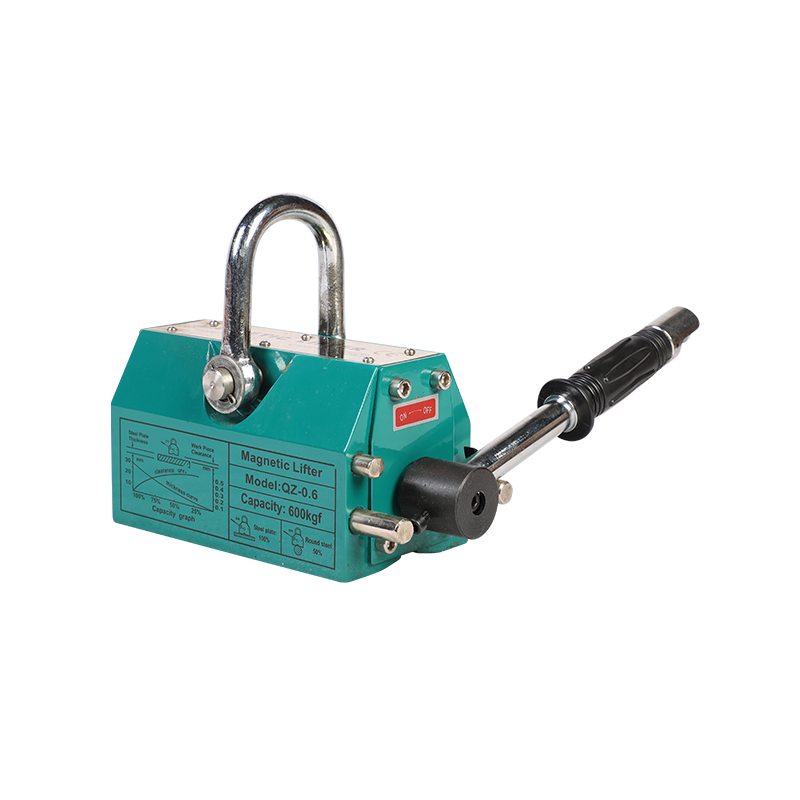Permanent magnet spreaders are indispensable tools in the mechanical manufacturing industry, offering a reliable and efficient solution for handling and manipulating ferrous materials. These devices leverage the power of permanent magnets to create a strong, consistent grip on metallic objects, which is crucial in various manufacturing processes where precision, safety, and efficiency are paramount.
In the mechanical manufacturing sector, the application of permanent magnet spreaders spans across several areas. They are used in the assembly of heavy machinery, where components need to be aligned and held in place with utmost precision. The non-electrical nature of these spreaders ensures that there is no risk of sparking, which is particularly important in environments where flammable materials are present, thus enhancing workplace safety.
The permanent magnet spreader's design typically involves a series of powerful rare-earth magnets arranged in a pattern that allows for a uniform distribution of magnetic force. This design ensures that the spreader can handle a wide range of material thicknesses and weights, making it a versatile tool for various applications within the industry. The magnetic field is strong enough to securely hold the workpieces in place, but the spreader also includes a release mechanism that allows operators to safely and easily detach the workpieces once the task is complete.
One of the significant advantages of using permanent magnet spreaders in mechanical manufacturing is their ability to reduce manual labor and the associated risks of injury. By automating the process of holding and positioning heavy components, these spreaders reduce the physical strain on workers and the likelihood of accidents. This automation also contributes to increased productivity, as it allows for faster assembly times and less downtime due to injury.
In terms of material handling, permanent magnet spreaders are used to lift, move, and position large sheets of metal, such as steel plates, which are common in the construction of machinery frames and other structural components. The magnetic grip is strong enough to handle the weight of these materials, even in challenging conditions like outdoor work sites or in environments with fluctuating temperatures. The durability of the spreaders is also a key factor, as they are designed to withstand the rigors of industrial use, including exposure to dirt, moisture, and repeated impacts.
The integration of permanent magnet spreaders into the workflow of mechanical manufacturing facilities also causes improvements in material handling logistics. By allowing for the safe and efficient movement of large quantities of metal, these spreaders help to streamline production processes and reduce the need for multiple handling steps. This can cause cost savings in terms of labor, equipment, and time, ultimately contributing to the overall efficiency of the manufacturing operation.
Maintenance of permanent magnet spreaders is relatively straightforward, as they do not have moving parts that can wear out or require frequent servicing. However, it is essential to ensure that the magnets are kept clean and free from debris, which can interfere with their performance. Regular inspections and cleaning can help prolong the life of the spreader and maintain its effectiveness in the workplace.
The application of permanent magnet spreaders in the mechanical manufacturing industry is multifaceted, offering solutions for increased safety, efficiency, and productivity. Their ability to securely handle ferrous materials with risk of injury or damage makes them a valuable asset in the production of heavy machinery and other metal-based products. As the mechanical manufacturing industry continues to evolve, the role of permanent magnet spreaders is likely to expand, with ongoing advancements in magnetic technology further enhancing their capabilities and applications.



